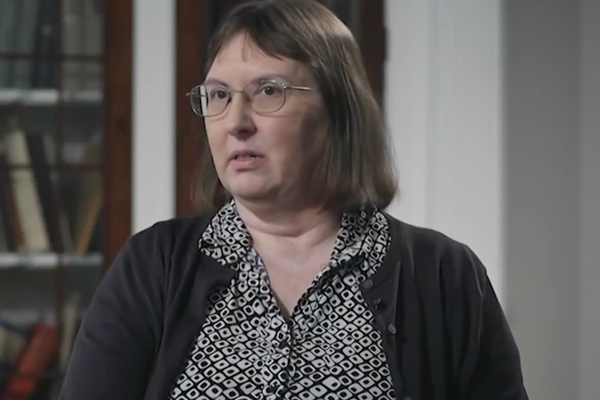
There was a countdown and a boom and within seconds a heavy chunk of Britain’s once proud and world-beating industrial heritage was gone.
“I’ve got mixed emotions,” said Tony Evans after watching the demolition of the Redcar blast furnace, in Teesside, at 9am on Wednesday. He had worked there from fitter to production manager for decades; he had met a young engineer who became his wife, and had made friendships that would last for ever.
“I’m certainly not happy to see it go. I am sad. But I am hopeful there will be a bright future and we can hand this area over to the next generation,” he said.
The blastfurnace, as tall as St Paul’s Cathedral, London, had dominated the area and its skyline since 1979. When it opened, it was the second biggest blastfurnace in Europe, producing 10,000 tonnes of iron a day for the steelworks. It was ultra-modern and was meant to represent the start of a new era for British steelmaking. For a time, it did. But soon the industry narrative changed to one of gradual decline.
Evans said he looked in awe at buildings like the blastfurnace, in the same way friends looked at Lake District landscapes. “To see it come down so quick, especially because I’ve spent so much of my life there, is sad. But industries change. Hopefully net zero and hydrogen will bring jobs for my kids and their kids. When you work somewhere like the blastfurnace, you think it’s there for life, but things move on.”

The structure came down after what has been one of the most complex and challenging demolition projects of recent years.
Some people suggested it did not need to come down at all, that it should be kept as an industrial heritage visitor attraction. The campaign was supported by the band Maxïmo Park, whose lead singer, Paul Smith, argued that it could be “a source of local pride”.
The Conservative mayor for Tees Valley, Ben Houchen, disagreed. He said the cost would be astronomical. At the demolition on Wednesday, he said: “It is a bit of a strange day, a lot of people will be sad to see it go. But there is a lot of support for the plans we’ve got to redevelop this site and create the jobs of the future.”
He said campaigners trying to keep the blastfurnace were “an extremely small minority” and that most people backed his plans.
“We have to be proud of the industrial past we’ve got but we need to create an industrial future, and while the landscape will change forever, today the plan is to create a new landscape that we can be proud of for years to come,” he said.
When the blastfurnace opened, it was meant to ensure that Teesside would “long remain one of the most important steel producing areas in the world”. The front page of the British Steel Corporation’s newspaper, Steel News, had the joyous headline “Light up your hearts!”. It said there were “cheers, smiles and kisses as the lighting of the giant Redcar blast furnace ushers in a new era for British steel-making”.
But the bright future never happened. The furnace, once a symbol of proud industrial prosperity and success, was mothballed in 2010.
There was renewed hope in 2012 when the Thai-based conglomerate SSI bought the steelworks. But it was not to be. The blastfurnace went cold for good in 2015, drawing the curtain on a century of steelmaking in Redcar.
On Wednesday, 175kg of explosives were used at 40 locations to bring down the casting houses, the dust catcher, the charge conveyors and the blastfurnace itself. Onlookers watched from outside a 250-metre exclusion zone. The boom could be heard at least 20 miles away.
The demolition was done by Thompsons of Prudhoe, workers having spent months removing hazardous materials and preparing the site. The fact that it had been exposed to the elements for years had added to the complexity of the project, said the project manager, Mike Stoddart.
“We work from the bottom up rather than top down, using the explosives,” Stoddart said. “It’s a very challenging project, it’s the sheer scale of it. It’s heavy. We can use burning equipment, but two-and-a-half-inch steel and cast-iron staves on the inside of the blastfurnace don’t cut easily.”
Stoddart suggested that demolitions many people would remember from watching television programmes such as Blue Peter were a thing of the past. “There’s a lot of engineering involved in demolition now, more than people may perceive. They think it’s like [the steeplejack] Fred Dibnah and wrecking balls. That perception, in my eyes, has long gone.”







